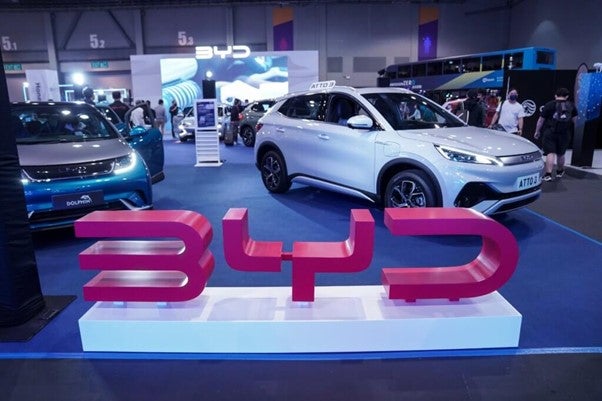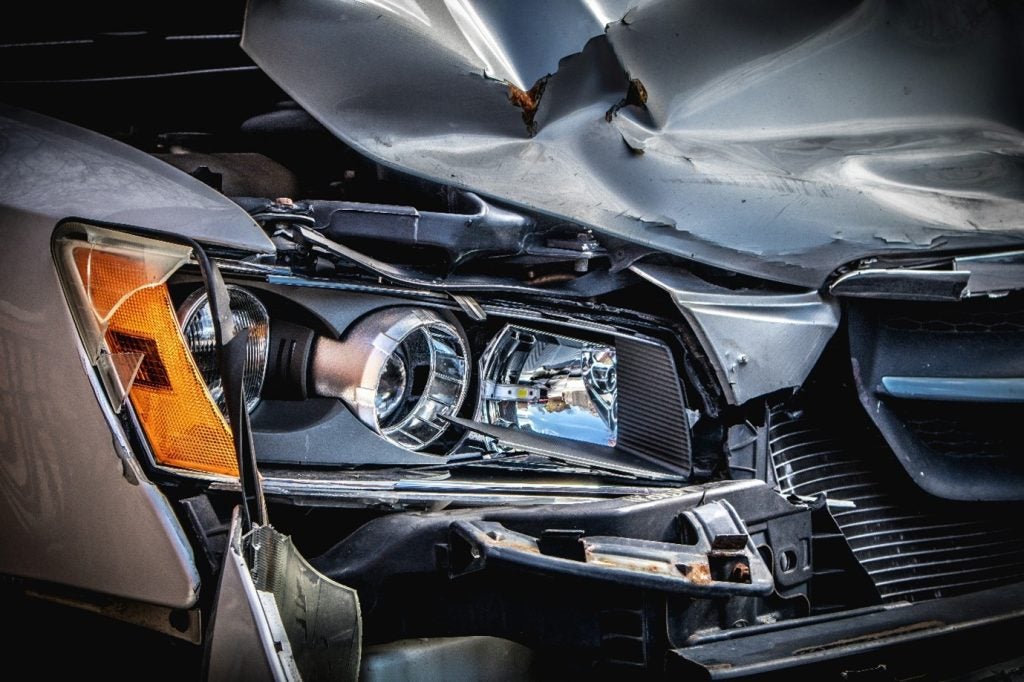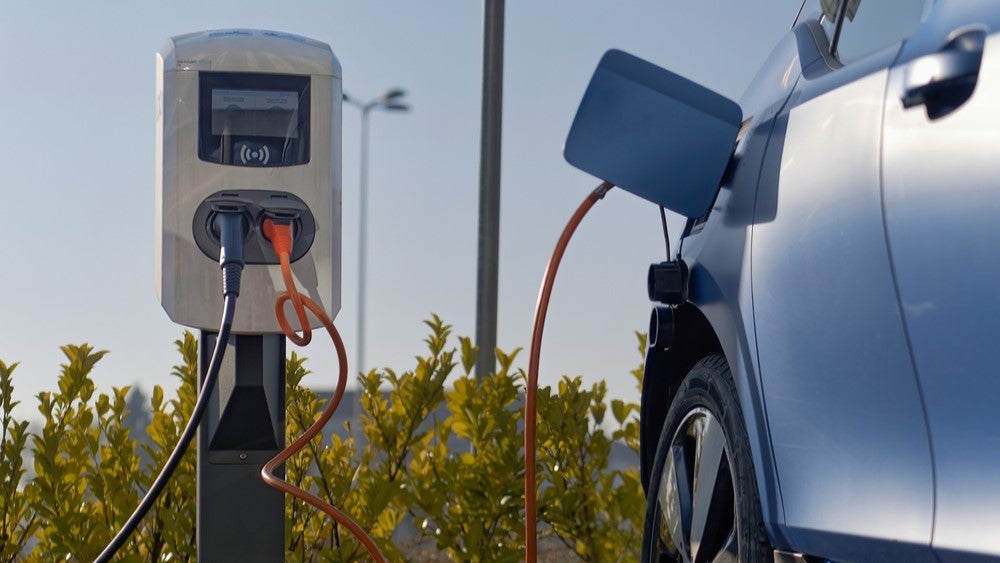 Changing
Changing
customer needs, shaped by political, economic, technological and social forces,
will have a broad impact on the automotive aftermarket business in the next five
to 10 years, John F. Smith, GM vice president and general manager of GM Service
Parts Operations, told attendees at the 2001 Global Automotive Aftermarket Symposium,
in Chicago yesterday.
On the political front Smith said unsupportable population growth and urbanisation
of developing countries would create new waves of immigration to developed countries
with workforces and workplaces changing.
Rising populations will increase demand for mobility, but air and water pollution,
waste disposal and recycling issues will be magnified, building pressure for
policies and regulations that contribute to a "sustainable environment."
Economically, increased global trade will become a source of growth, competition
and innovation.
In the car industry, consolidation will mean fewer discrete platforms and drivelines,
Smith said.
|
Strategic
Review- How well do you really know your competitors?Access the most comprehensive Company Profiles on the market, powered by GlobalData. Save hours of research. Gain competitive edge. 
Company Profile – free
sample
Thank you!Your download email will arrive shortly Not ready to buy yet? Download a free sampleWe are confident about the unique quality of our Company Profiles. However, we want you to make the most beneficial decision for your business, so we offer a free sample that you can download by submitting the below form By GlobalDataSee Also:
|
To innovate faster, successful organisations will become flatter and will network
both internally and with their business partners, utilising creative work plans
to retain staff in what will become an employees’ market.
Technologically, Smith believes the Internet is transforming our world.
"By 2010, 95 percent of the industrialised world is expected to be on
line,” he said.
“The Internet could account for $US6.3 trillion in business-to-business transactions
and 10 percent of global consumer sales by 2005. Wireless access may number
1.2 billion users by 2005. There will be a continued revolution in information-related
devices, services, and applications yielding ‘smart’ appliances. Many of these
will find expanded customer application when integrated with telematics like
those being developed by OnStar.
“We should anticipate the possibilities of ‘predictive or preventative’ maintenance
versus the ‘corrective’ world we’ve lived in."
On the social front, Smith said that in 2010, one of every three citizens in
the U.S. is expected to be a minority.
"Generations X and Y are living this diversity now and will soon vote
their experience both at the ballot box and stores in neighbourhoods. They value
the smart buy, word of mouth endorsements and are brand aware but not brand
loyal."
The Baby Boom generation at the same time is aging and focused on legacy. Time
has become more dear than money, creating additional demands for ‘anything,
anytime, anywhere’ solutions.
 This
This
combination favours trusted brands, especially those offering value, ‘experiences’
and easy links to other problem-solving products or services.
Smith said he believes these forces will shape customer needs and, hence, developments
in the aftermarket business.
"At retail, it seems likely that both the do-it-yourself and ‘independent’
service garage businesses will continue to decline.
“The service landscape stands to be altered by vehicles equipped with both
on-board diagnostics and telematics capabilities.
“Brand proliferation will produce significant increases in part numbers with
distribution in the automotive aftermarket increasingly emphasising speed over
inventory as one means to deal with the exploding part numbers.
“Demand for reconditioned and remanufactured parts also will grow as a partial
solution to stocking new.
"Digital supply chains will seamlessly move replenishment and delivery
time data from customer to supplier and back again. Three-step distribution
practices should decline sharply as distributors attempt to forward integrate
to secure their end-user customer bases.
“Distributors will pursue ‘co-opetition’ with vehicle manufacturers to obtain
technical and diagnostic information important to the success of their ‘retail’
initiatives.
“In manufacturing, increased scale will be important to successfully bid on
larger OEM contracts.
“Recycling will be seen as an opportunity to make a buck rather than a regulatory
cost to be minimised.
“‘Safety, personalisation, infotainment, privacy’ become high-demand customer
needs for product development activities."
Smith concluded his remarks by sharing his prescriptions on how to position
aftermarket businesses for the times ahead:
- Think about what customers may want in the future and ask what they have
come to expect from the products and services they purchase - Recognise that convergence, achieved through consolidation or "co-opetition,"
is no longer a defensive move but rather a requirement to successfully ‘compet’ - Successful organisations, standalone or converged, will be leaner and flatter
for speed’s sake and connected with their business partners in creating winning
solutions - Convergence with business partners outside the automotive aftermarket may
be advised to broaden the number of customers who can be served over time - Reach beyond ‘make and sell’ and even ‘sense and respond’ and think in terms
of ‘anticipate and lead’.
|
To
view related research reports, please follow the links below:- The
|







